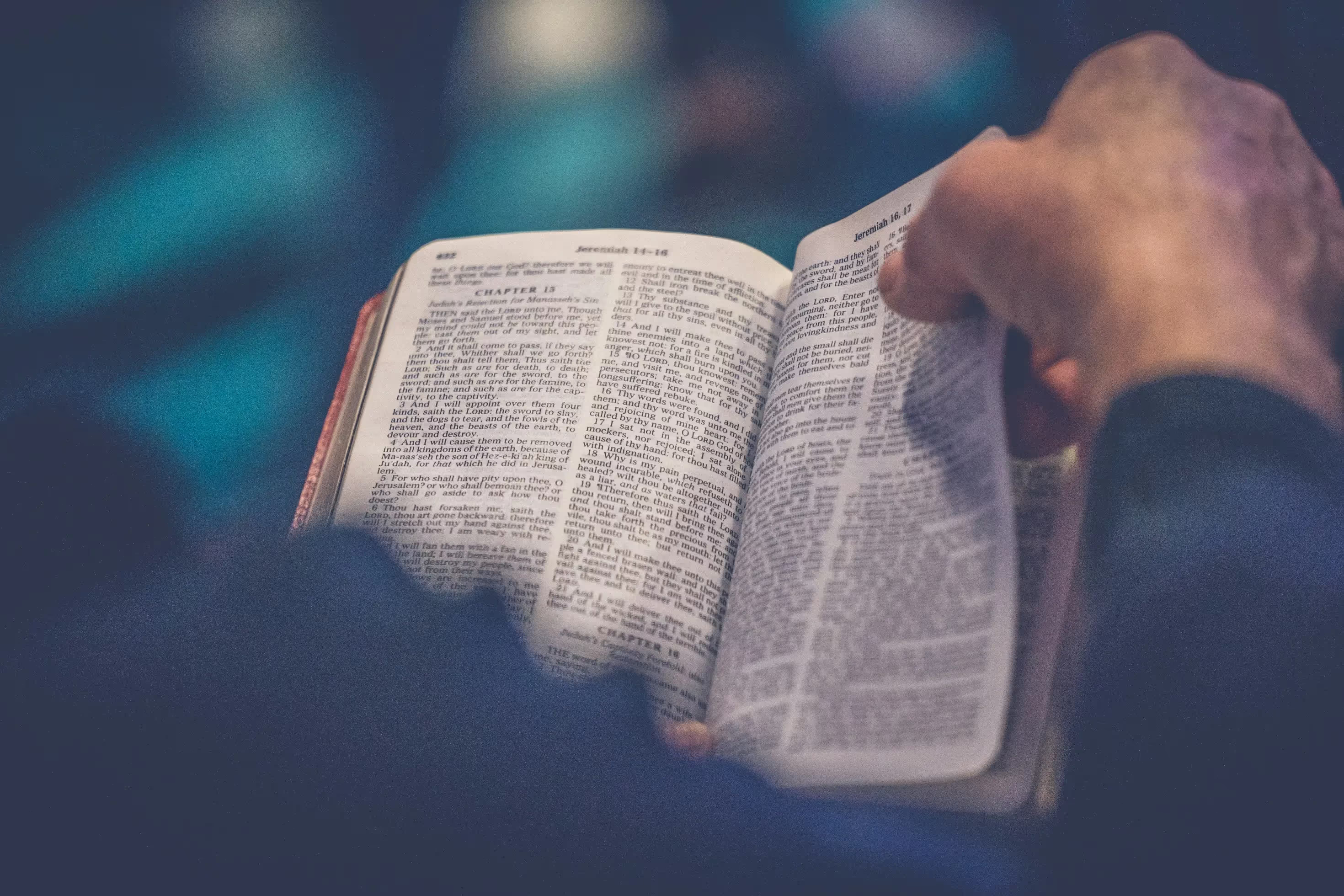Religious Education Opportunities in K-12 Schools Facilitated by Release Time Laws
The presence of religious education in K-12 school programs has been a topic of extended debates. A significant development in this context is the advent of "release time" laws. These laws, currently active in states like South Carolina, Utah and New York, allow public school students to take time off during school hours for religious activities. Release time education provides a unique platform where the separation of church and state in education finds a balance.
What exactly is 'Release Time' Education?
Release time education is a unique and relatively new concept in the United States. It provides an opportunity for public school students to engage in religious instruction during school hours. However, it is worth noting that this religious instruction does not take place on school property and is not funded by tax dollars, thereby respecting the Constitutional principle of separation of church and state.
Release Time Education: A Look at the States
Enacted laws concerning release time education differ between states. In South Carolina for instance, students in high school are permitted to leave the school premises for two units of credit. Utah allows students to receive religious instruction, giving them the choice to opt for "seminary" courses. School administrations, however, remain careful in maintaining a strict balance between allowing such religious activities and remaining neutral in religious matters, as required by law.
The Controversy Surrounding Release Time
The allowance of release time in schools has not been without controversy. Critics call attention to concerns such as the potential for uneven availability due to differences in community resources, the interruption of academic schedules, and the possibility of schools indirectly endorsing particular religions. For instance, an instance in Mercer County, West Virginia, is often cited where it was alleged that a school district was promoting Christianity through an elective Bible-in-schools program. The ensuing legal battle underscored the importance of maintaining the delicate balance of the separation of church and state in education.
Release Time and Higher education
Students who participate in release time education have not shown any negative effects on their higher education progress. As higher education institutions focus increasingly on holistic student growth, the added dimension of spiritual growth through such programs may be seen as a positive factor. In fact, advance information on student participation in such programs helps colleges make a more comprehensive evaluation of a student's overall development.
Conclusion
Release time is an innovative mechanism facilitating religious education in public schools while maintaining the constitutional boundary between state and religion. It offers students an opportunity to pursue spiritual growth in addition to academic development. Indeed, there are disputes, however, a cautious approach on the part of school administrations can ensure a balanced interpretation of this policy.











.svg)



